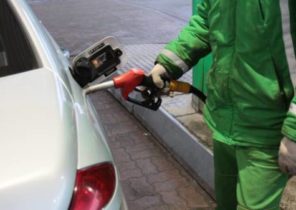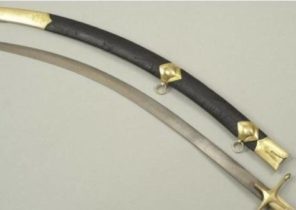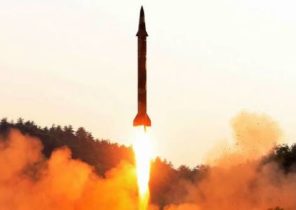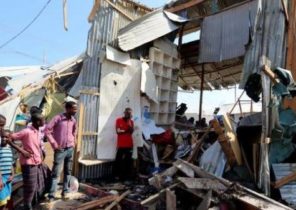Brussels — Five years ago in Vienna, the members of the E3/EU+3 (China, France, Germany, Russian Federation, United Kingdom and the United States and high representative of the European Union for foreign Affairs and security policy) and Iran have agreed to adopt a joint comprehensive plan of action (SKPD). To mark the fifth anniversary of this event, we must acknowledge a simple reality: without this deal, Iran would have to develop nuclear weapons, adding another source of instability in an unstable region.
Today, SKPD is under a lot of pressure on several fronts. I am convinced that the actions for its conservation not only necessary but urgent for at least two reasons. First, the international community and Iran took more than 12 years, to overcome differences and conclude this deal. If we lose SKPD, no other comprehensive or effective alternative is waiting around the corner.
Fears of the international community about Iran’s nuclear program back. Discussions on the establishment of a basis for a negotiated solution began in 2003 at the initiative of the foreign Ministers of France, Germany and the UK, and soon they were joined by the then EU high representative for foreign Affairs Javier Solana. He and his successor, Catherine Ashton, Federica Mogherini, and all of them were supported by the European external action service — were always open for a diplomatic solution. And after many UPS and downs, SKPD eventually became a reality.
The deal would have been impossible without diplomatic persistence. This required the full support not only from the United States, but Russia, China and of course Iran. The final agreement was solid. More than 100 pages and with multiple applications it provides all the details for a clear quid pro quo: Iran will abide by the strict restrictions of its nuclear program in exchange for lifting economic and financial sanctions related to nuclear activities.
SKPD enshrined in international law 2231 a resolution of the UN security Council (which must be fully implemented). This is a shining example of what can be achieved when European diplomacy and effective multilateralism in the framework of the rules-based international order. But the process leading up to this was long and difficult, with virtually no another chance for a deal.
Second, SKPD is not just a symbolic success. He fulfilled his promise and proved its effectiveness. Thanks to the unprecedented level of access that was provided to the International atomic energy Agency, the IAEA was able to confirm in 15 consecutive monitoring reports in the period from January 2016 to June 2019 that Iran has fulfilled all its obligations under this agreement.
Thus, Europe and other partners have lifted sanctions, as specified in the agreement. The international isolation of Iran comes to an end, which creates a basis for the restoration of normal economic and trade relations with the rest of the world. However, in may 2018, the United States decided to withdraw from SKPD and to restore sanctions in accordance with the new strategy of “maximum pressure”.
Despite the fact that the resumption of U.S. sanctions clearly had a negative impact on the economy and population of Iran, Iran has continued to adhere to the agreement for another 14 months. However, currently, Iran again accumulate alarming levels of enriched uranium and acquiring nuclear know-how. SKPD even more undermined and fears of the past once again float to the surface.
In January, France, Germany and the UK have officially expressed concern over the resumption of Iran’s enrichment and urged him to return to full compliance with the agreement. Iran also expressed its concern, claiming that he has not received the expected economic benefits from the lifting of sanctions.
As the current coordinator of the SKPD, I will continue to work with all other parties to the transaction, as well as with the international community. We will do our best to save what we achieved five years ago, and to ensure that the deal remains viable.
It is important to remember that Iran’s nuclear program remains under scrutiny and its peaceful nature is constantly checked. Thanks to the IAEA inspection regime, we still know a lot about Iran’s nuclear program, even in the current environment. However, if the agreement is lost, we lose this knowledge and be discarded two decades ago.
I firmly believe that SKPD has become a key component of the global non-proliferation architecture, so I continue to urge all parties to remain committed to its full implementation. Iran, for its part, needs to return to full compliance with its nuclear obligations; but it also needs to be able to reap the economic benefits stipulated in the agreement. Already taking measures to protect our companies from the extraterritorial sanctions of the United States, we in Europe can do more to meet the expectations of Iran in relation to legitimate trade.
The EU is intensifying its efforts to bridge the gap between all stakeholders. I am convinced that if we can keep SKPD and to ensure full compliance, it can be a springboard to solve other common problems, including those concerning regional security.
We need to return to more positive dynamics. When the moment comes, we must be willing to make a deal. The EU is ready to do it. But the first step is to protect the Iranian nuclear deal in the form in which it exists, and that all parties fully comply with their obligations.







